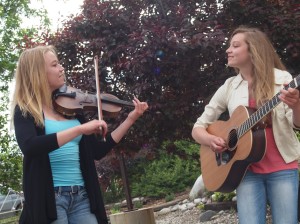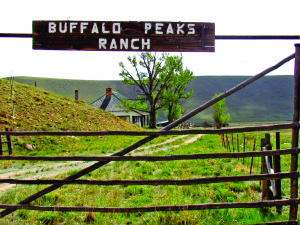By Hal Walter
It’s July and the Colorado pack-burro racing season will soon be in full swing, with the sport’s Triple Crown taking place right here in Central Colorado in the towns of Fairplay, Leadville and Buena Vista.
I’m always surprised when people haven’t heard of our indigenous sport, recently designated Colorado’s Summer Heritage Sport by the state legislature. Sometimes when I’m out running with my burro and someone seems confused, or asks what I’m doing, I respond: “Oh, so you’re not from Colorado?” Often they actually are, and then I usually explain.
Pack-burro racing is Colorado’s original adventure sport, conceived in 1949 with the first race from Leadville to Fairplay. With mining on the wane, civic leaders in the mining towns saw a way to parlay local legend – in this case miners racing with their burros from the surrounding hillsides back to the courthouse to file a claim – into economic development. As a tourism attraction, they masterminded the 23-mile race over 13,187-foot Mosquito Pass. Over this course, participants raced burros loaded with packsaddles that had to weigh 33 pounds and contain a pick, pan and shovel. The burros could be led or driven with a lead rope not to exceed 15 feet in length. No riding was allowed.
And from that first race with those basic rules – and a $500 prize from the Rocky Mountain News – a sport was born, complete with its own culture and history. Today there are as many as half a dozen of these events in Colorado each summer. The Triple Crown races comprise a 29-mile world championship course in Fairplay on July 27, and a 20-mile course in Leadville on Aug. 3, both of which reach the summit of Mosquito Pass, plus a 12-mile course in Buena Vista on Aug. 10. Each of these courses offers up high-altitude scenery with healthy helpings of True West adventure for participants and the chance for spectators to witness what may be one of the most difficult tests of man and beast on the planet.
Although the sport was born well before I was, it recently freaked me out to realize that I’ve been participating in it for more than half of its entire existence – 34 years out of 66 – and have won seven world championships. Time flies when you’re having fun. People often ask me if I still race burros, how long I intend to keep doing it, or why I keep doing it. The answers are “yes,” “I don’t know,” and “for a variety of reasons,” some of which have evolved over the years. Lately I’ve been reflecting on what I have learned from the sport and the animals.
In these 34 years I have trained and known many burros, some more and some less trainable and employable, like myself. The first burro I actually owned, Jumpin’ Jack Flash, was wild off the range, and when he was finally trained to the point which the unpredictable wildness was out of him, I missed that spirit more than I appreciated his newfound tractability. Next I had Clyde, born in captivity of wild parents. I ran all my fastest times on the pack-burro courses with Clyde, and I won my first race with him. But he never had a world championship in him, despite finishing second a number of times. I trained another wild burro named Hannibal. There was a tame burro named Virgil given to me by a rancher friend. Then along came Spike, who finally won my first world championship, along with three more titles. I bought two burros, Billy Sundae and Ace, from breeders in New Mexico, a jack named Redbo from Curtis Imrie of Buena Vista, and another jack named Laredo, with whom I won two more world championships.
There were other burros as well, and all of them had their own unique personalities. Some were runners out of pure joy, and some were not. Some had a work ethic, and others didn’t. Some reached down deep in their hearts when the going got tough, and others simply gave up. What I have learned is there really is no stereotype with burros, just as there is no stereotype with people. As I worked with more and more burros, I began to appreciate their individual qualities and to realize that we’re all here for a purpose.
We’re all on our own separate journeys, and in my journey I’ve found parallels between working with burros and parenting my autistic son Harrison. For sure no burro gets up in the morning and thinks, “Dang, I think I’ll run up a 13,000-foot mountain pass today.” Likewise, no autistic kid gets up in the morning and thinks, “Dang, I think I’ll conform with societal norms today.” The real key to success with either burros or autistic children – and probably horses and many neurotypical children as well – is extreme patience and allowing them to find their own way. Each is a unique individual, and one cannot command over them with good results. Only when they believe something was their own idea do they truly excel.
The sport itself has become for me a metaphor for life. Success at burro racing is both preparation and literally dealing with what the world and an unpredictable critter throws at you on race day. Rarely does everything go perfectly. Sometimes things even go quite badly. It’s how you handle what happens and go with the flow that determines success, whether that means winning or merely finishing some days. That’s how life works, too.
Check out a real Colorado sport at one of the Triple Crown races this summer. We’re a diverse cast of characters, and of course the animals and the high country are what it’s really all about. For more details on dates and times, check www.packburroracing.com.
Hal Walter writes and edits from the Wet Mountains. You can keep up with him regularly at his blog:



